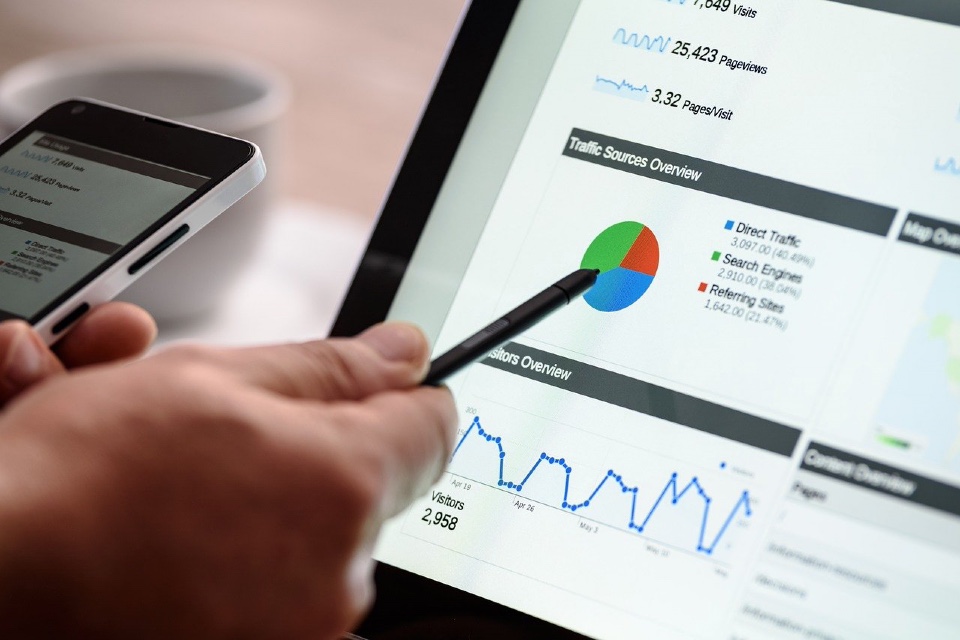5 insights into email marketing from 2020
By Michael Trapani, Senior Director of Product Marketing, Acoustic
Benchmarking an unexpected year, like 2020, can be a significant challenge. With so many factors affecting your company’s performance, how do you go about it? Comparing your performance in 2020 to 2019 (or any other year) will hardly account for the outsized influence a global pandemic had on your business, and the market as a whole.
Our newly released email marketing benchmark report, though, showcases the influence that the pandemic has had on email marketing based on data from thousands of marketing teams.
This benchmark is an indicator for your performance through an unprecedented year and a source of insight into consumers’ responses to the pandemic, current events, and how email marketing prevailed. These metrics uncover five primary insights:
- Pandemic lockdowns drove a huge increase in email engagement by consumers.
- It wasn’t just the pandemic — other global events impacted performance of email engagement.
- Email has further established itself as consumers’ preferred channel of engagement.
- COVID-19 messaging grew tiring and drove unsubscribes.
- Key industries were affected in different ways as a result of the pandemic and current events.
Let’s take a closer look.
- Pandemic Lockdowns Caused a Spike in Engagement
In March and April of 2020, the world entered the first wave of pandemic lockdowns and most of the in-person economy paused. However, while in-person shopping came to a halt, digital soared, leading to a surge in engagement with email marketing. Email marketing open rates increased 31% from January 2020 to April 2020.
While consumers sat at home, they opened more brand emails. Constantly online, the spring of 2020 was the perfect environment for email engagement. With higher open rates, click rates rose too: from January to April 2020, click rates increased 28.6%.
2. Email Open Rates Coincided with Current Events
The pandemic wasn’t the only event that impacted email marketing performance. Natural disasters coincided with increased email engagement in the energy and environment industry. Unfortunately, the second half of 2020 saw a historic number of hurricanes, wildfires, and droughts. The industry was a clear outlier in the second half of the year, with multiple months exceeding a 40% open rate as a result — well above other industries measured.
The political arena of 2020 also had an impact on email marketing performance. Government-related emails saw a large uptick in November, coinciding with the U.S. presidential election. Open rates continued its upward trajectory for the industry through December, too, after the election was called.
3. In the “New Normal,” Email is Preferred
Email has always been a popular channel, but in the “new normal,” consumers are favoring this channel more than prior to the pandemic. Across the board, open rates increased since the pandemic’s start. While engagement peaked while we were in lockdown in the spring of 2020, engagement rates, overall, increased during the “new normal.”
In fact, every region measured had a higher click-to-open rate in the second half of the year. Europe saw the highest click-to-open rate in H2 of 2020, with an average of 14.8%.
Globally, consumers are more likely to engage with emails. This signifies a growing affinity for email communications as well as brands getting better at targeting the right consumers with each email.
4. COVID-Messaging Grew Tiresome Quickly, Driving Unsubscribes
While engagement was up, so was the unsubscribe rate. Other than India and Asia Pacific, every region had a higher unsubscribe rate in the second half of the year compared to the first. Overall, unsubscribe rates were 34.4% higher by year’s end, globally.
This could be a result of the COVID-19 messaging sent en masse to “unclean” lists. It was common practice for CEOs and brands to send pandemic-related updates to their entire list about the state of their business, like processes installed that kept employees and customers safe. This likely alerted many customers that brands they no longer shop with nor have affinity toward had their contact information, prompting them to unsubscribe.
5. Industry Highs and Lows Throughout 2020
Not all industries were equally prepared for the rapid digital transformation that took place: some industries thrived in a lockdown environment while others suffered. Unsurprisingly, hospitals and healthcare enjoyed high engagement throughout the entirety of H2, ranging between about 30 to 35% open rates. Because consumers were anxious for COVID-19 updates, they were more likely to interact with related content.
Two industries hit especially hard by the pandemic were travel and retail. Travel, for the most part, came to a halt for much of the year and the pandemic’s impact on the retail industry has been well-documented as dozens of retail hallmarks went out of business. This performance is reflected in their email marketing, as well. Travel and retail were two industries with consistently low open rates and low CTORs compared to other industries, rarely eclipsing 15% for open rates and hovering around 10% for CTOR.
Getting Back to Basics with Email
While 2020 saw unexpected global changes, the “new normal” demonstrates that email marketing is a reliable tool with staying power. Comparing your performance from before and after the pandemic can signify how your brand is performing in the “new normal” as well as how you stack up in your market. Overall, global open rates increased in the latter half of the year by 6.5%. If you trend under the industry average, you can implement strategies to improve your email engagement, such as more advanced targeting to understand what content your audiences interact with more.
Despite many new marketing technologies and opportunities seeming to emerge daily, email is still growing. Make sure your email marketing strategies can keep pace.
If you’d like to review the results of the full Acoustic report, download it here.










